ALL YOU NEED TO KNOW ABOUT ORTHODONTICS
Orthodontics
Improper positioning of teeth may lead to different dental problems such as overbite, underbite, crooked teeth, overcrowding, and jaw misalignment. Orthodontics offer several treatment methods to gradually change the position of the teeth and align them properly. Some people are born with malocclusion or may acquire it due to injury or bad habits. Misaligned or missing teeth can affect our daily functions and the impact on our smile as well.
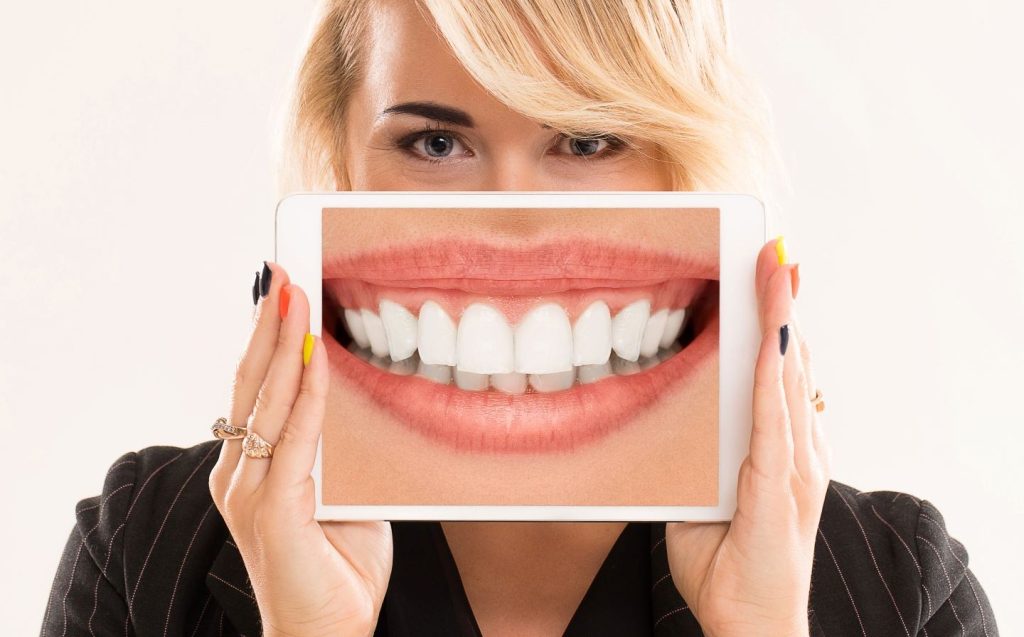
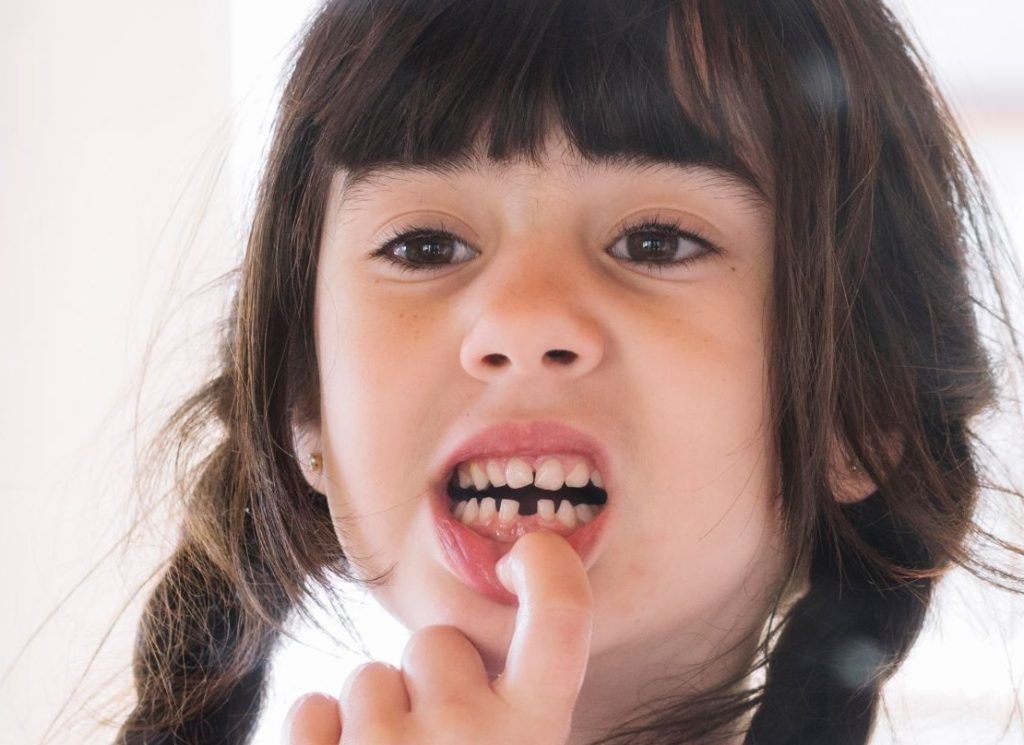
When Do You Need Orthodontic Treatment?
Even though only an orthodontist can decide if you need orthodontic treatment or not, still, here are a few problems that can be treated:
Protruding front teeth: Protruding teeth are prone to damage and injuries, and orthodontic treatment can save them by placing them in the right place.
Crowding: People who can narrow jaws cannot fit all the teeth. The orthodontist will remove a few teeth and then align the others.
Asymmetrical teeth: In some people, the upper and the lower jaw do not match when the mouth is closed. It is uncomfortable to chew or maintain a proper smile with such teeth.
Deep bite or overbite: clenches teeth can harm each other and the functioning of the jaw. Moreover, if the upper jaw is too far over the lower one, it is called an overbite.
Reverse bite: In rare cases, the upper jaw bites inside the lower one causing a reverse bite.
Underbite: Underbite is caused by the upper teeth bite too far back, or the lower jaw is too forward.
Crossbite: if one of the teeth does not grow in its proper place and is near the teeth every time the jaws are clenched, the tongue is in danger. Crossbite may also affect the cheeks in some cases.
How Does Orthodontic Procedure Works?
Various kinds of fixed and detachable instruments are used to align the teeth and repair the jaws. The devices put considerable yet gentle pressure on the teeth to set the look and the function.
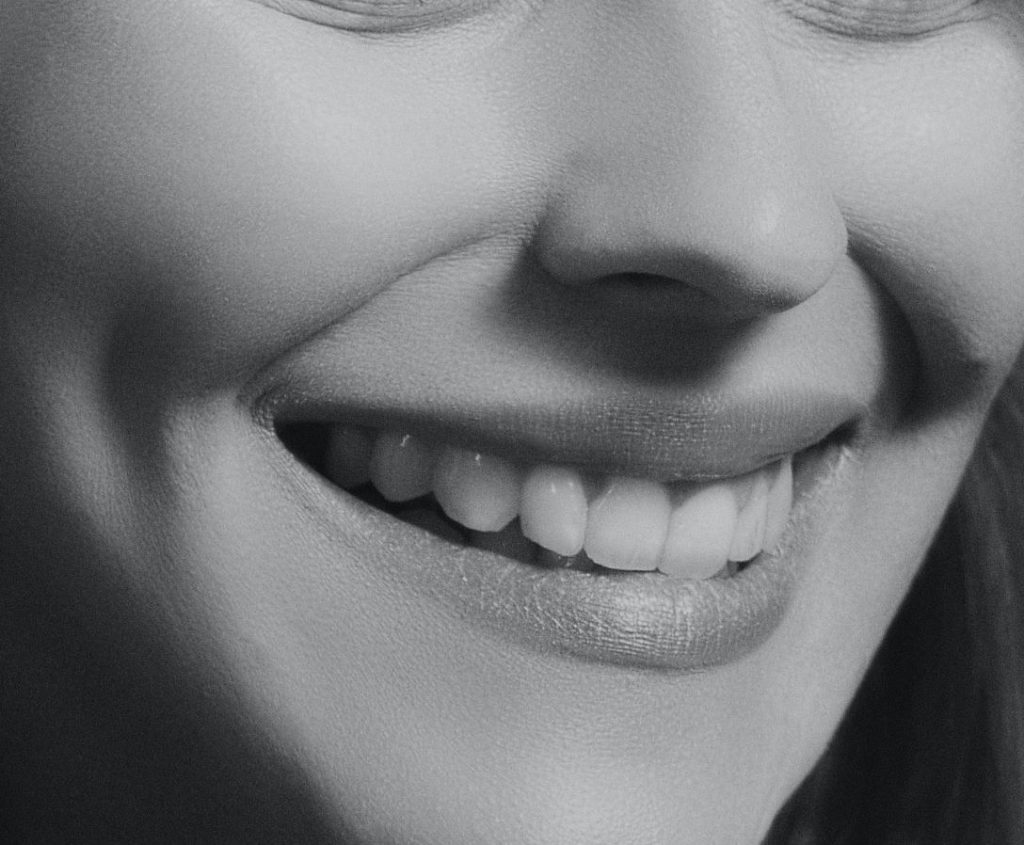

Fixed Orthodontic Appliances
Braces
The most used type of fixed orthodontic treatment appliance is Braces. Bands and brackets are set on the teeth to constrict the wires that will bring the teeth into line. Braces are tightened once-a-month to make sure the teeth and jaws reach the desired place in the mouth. The results are achieved in months or years, depending on the severity of the condition. Braces are small, convenient, and light that is an excellent choice for children.
Special Fixed Appliances
Bands are used to attach the appliances to the teeth. These appliances are used to control habits like thumb sucking. They are the last resort as they can be quite uncomfortable.
Fixed Space Maintainers
Fixed space maintainers are used for keeping space between the teeth if a baby tooth is lost earlier. The maintainers are used until the permanent tooth starts to show up. Removable appliances used in orthodontics are:
Aligners
Aligners are removable and invisible appliances used as a successful alternative to conventional braces. You can remove them while eating, sleeping, flossing and brushing.
Removable Space Maintainers
Space maintainers are composed of an acrylic base placed over the jaw, and wires are used to pull the spaced teeth together. Their function is similar to that of the fixed space maintainers. However, these can be removed if needed.
Jaw Repositioning Appliances
Jaw Repositioning aligners are also called splints that can be used on the lower or the upper jaw. Splints are used to keep the jawbone in the right position, which is why they are used for treating a temporomandibular joint disorder characterized by loud clicks and pain or discomfort.
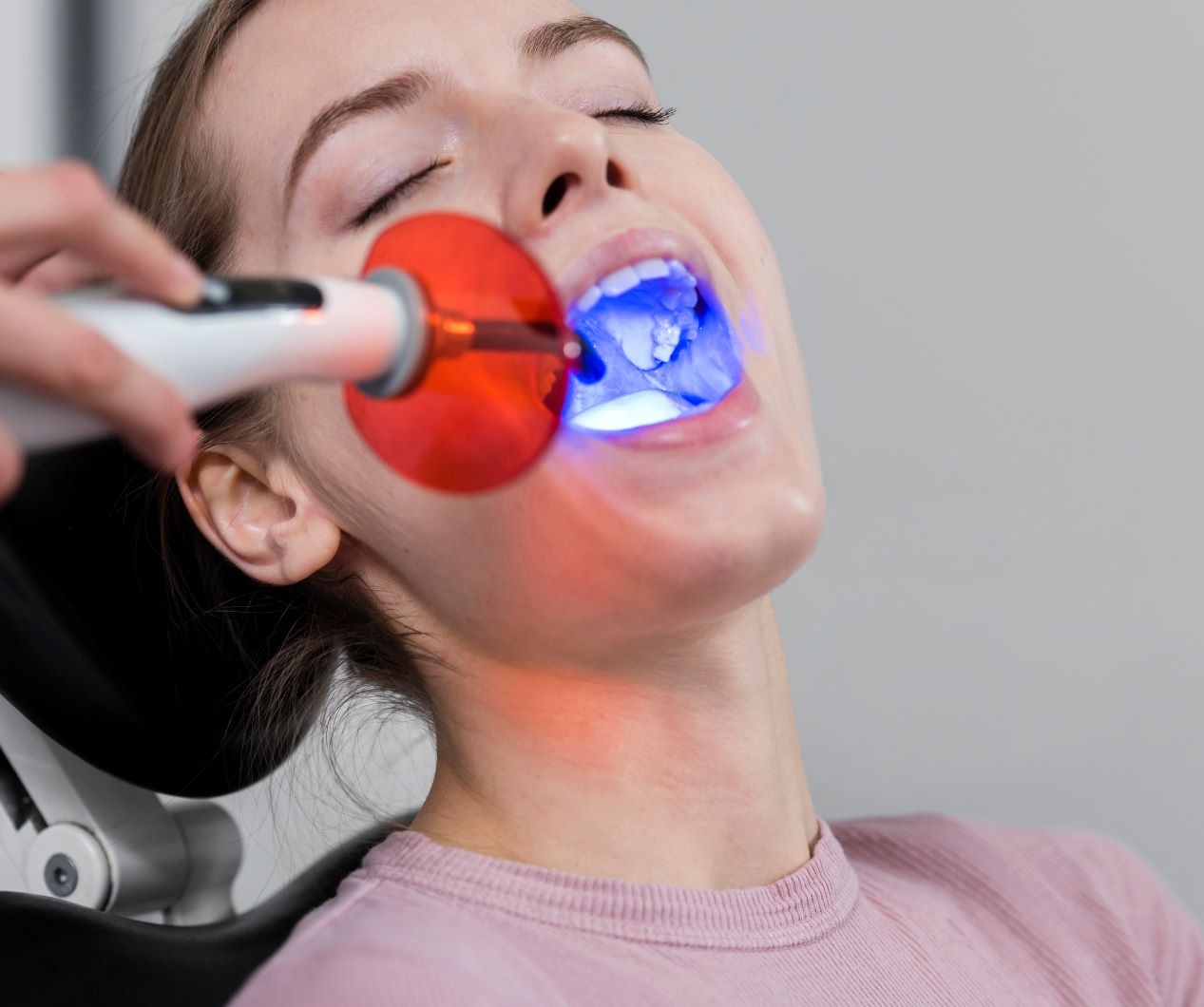
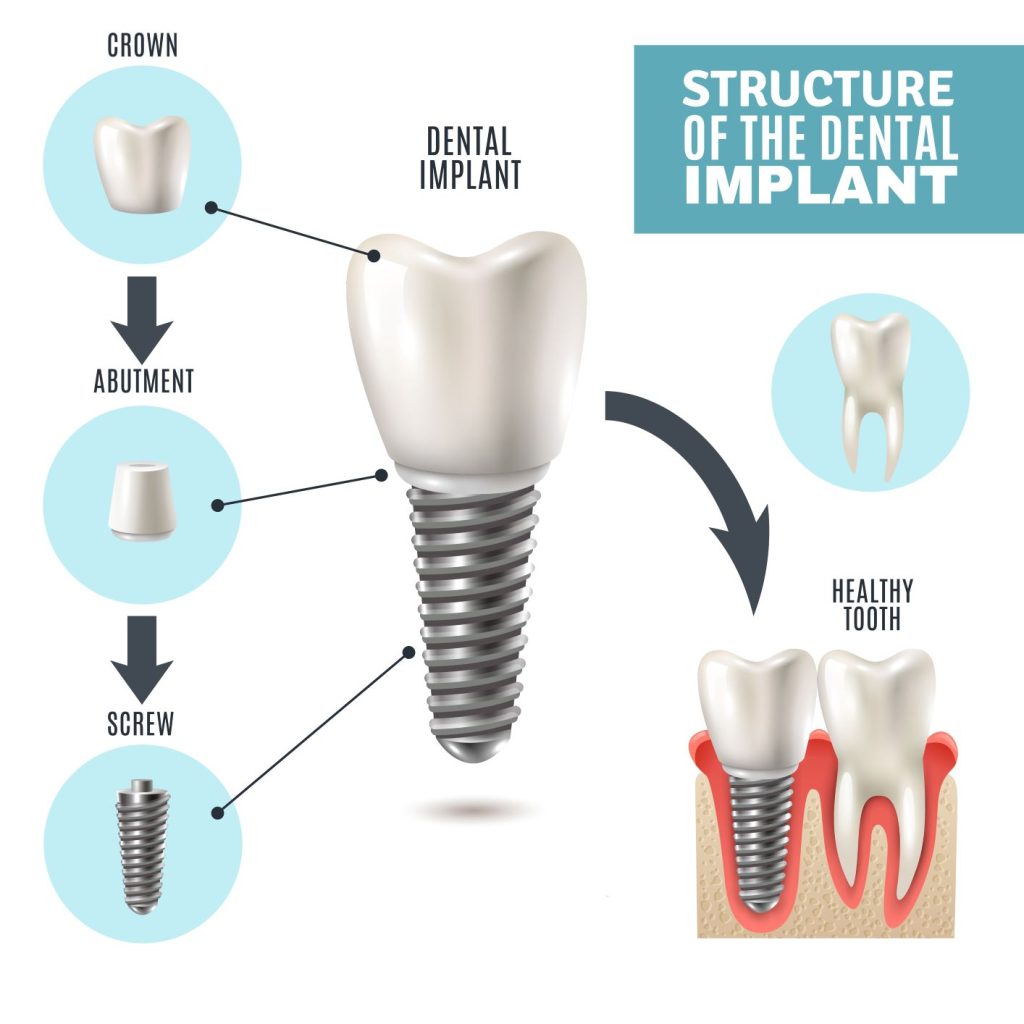
Fixed Space Maintainers
Lip and Cheek Bumpers
If your mouth’s structure is exerting extra pressure on the teeth, they need to be moved away to preserve the overall structure. These bumpers can absorb the weight and keep the teeth safe.
Palatal Expander
Your perfect smiles may require the widening of the upper jaw; a palatal expander is used. A plate is placed in the roof of the oral cavity, and force is applied to widen the palatal area.
Removable Retainers
If you have undergone orthodontic treatment and moved the teeth to a desirable location, there are chances that they might move back to their original place. Removable retainers are used for some time to prevent the teeth from shifting to their former location. You should be vigilant in putting on the removable retainers as the teeth may shift back to their original position if required pressure is not applied.
Preventive Care
Orthodontic treatment usually begins around the age of 12 or 13 only when the adult teeth are mature and thoroughly developed. However, not everyone suffers from a childhood dental problem. Some people may have developed it due to injury or poor habits.
Good oral hygiene is the best way to maintain healthy teeth during orthodontic treatment. The appliances and the teeth can get effected by fizzy drinks, sugary snacks, and poor eating habits, which may also lead to tooth decay.